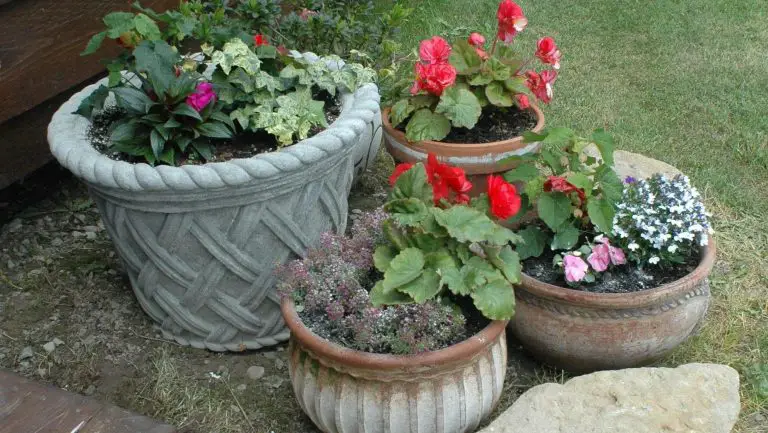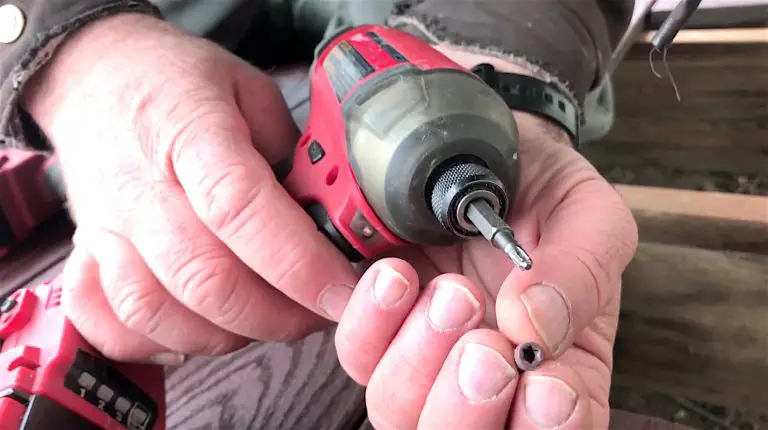When it comes to fixing a flat tire, the first thing to understand is that all motor vehicle tires these days are tubeless. Tubes are donut-shaped items of rubber that hold air within a tire. Wheelbarrows, lawn tractors, bicycles –stuff like that, still sometimes have tubes. Cars and trucks seal the air within the tire and rim alone. No tube involved.
The tubeless tire in the video above is typical of every car or pickup truck on the road today. This means the connection between the rubber and the rim needs to be airtight because there’s nothing else in there to hold the air. The connection zone between tire and rim on every tubeless tire is called the “bead”, and it’s a pretty important location.
Interestingly enough, a week before I made the video, this tire went flat. I couldn’t find a nail or any damage in the tread area, so I tested for a bead leak. That’s a leak between the rim and tire. That was the problem then. This time we’re dealing with a hole in the actual tread zone.
How to Fix a Flat Tubeless Tire Step#1: Find the Leak
I squirted a solution of 80% water and 20% dishwashing liquid onto the bead and, sure enough, it highlighted the leak. The soap makes the problem bubbly and obvious. I don’t have a machine to dismount the tire from the rim, so I sent it off to my mechanic friend Al. He dismounted the tire, cleaned the bead area, applied some sealing compound, then remounted the tire and added air. He did a great job too, and the leak was fixed. A few days later, another leak began. We must have hit something new.
The hole was probably caused by a nail or screw, but there was nothing to be seen in the tire. Instead, just a tiny hole in the tread and a leak that required the soapy water to detect. Even a really slow leak will show up with this liquid test.
Leaks in flats are repaired with sticky, gummy pieces of rope-like stuff stuffed into the hole. These things are called “plugs”. The process is very different than patching a tube-type tire, with its flat patch that gets glued onto the tube after taking it out of the tire. In this case, the rope-like plug actually gets pushed into the hole in the tire, along with a slathering of tire repair cement. So in the end, what you have are the two ends of this rope plug sticking up out of the tire, and then you snip it off. The whole thing’s been saturated in cement inside and out, and eventually the nubbins of that plug get worn off during use. That’s your fix in a nutshell.
How to Fix a Flat Tubeless Tire Step#2: Enlarge & Roughen the Hole
There are two main tools that you use for this job. The first one is a reaming and roughen tool. Like a lot of things in life, sometimes you have to make things worse before they can get better. This is true in dentistry, auto body work, fixing a drywall hole – whatever. You often have to make situations worse before you can get make them better, and that’s what this is.
Making the hole in the tire larger is where you’re most likely to run into a problem. The video shows how the tire reamer needs to be pushed all the way into the tire hole and worked back and forth, but many times it just won’t go in. In that case you’ll need to drill out the hole so it’s a LITTLE bigger. This seems kind of crazy, I know. You’re going to feel quite strange drilling a hole in your almost perfectly good tire, but that’s the thing to do. You just want to drill it just as large as necessary but no larger. Aim for a diameter of hole that’s about half the diameter of the reaming tool.
Once you get the reamer into the tire, work it back and forth to roughen the inside edges of the hole. This is the “making it worse” part of the fix.
A Note of Caution
There are people who will tell you they can use a plug to patch a hole in the sidewall of a tire, but that’s simply not safe. It can lead to a blowout at high speed and an accident. Every Class A mechanic I know will not repair a sidewall puncture. You just need a new tire. Don’t ever bend this rule.
How to Fix a Flat Tubeless Tire Step#4: Install the Plug
The tool used for this step has an eye like a big sewing needle. The video shows how you peel the wrapper off a fresh plug, thread the end of the plug through the eye of the installation tool, then slather the plug and repair area with tire cement. The thing to understand is the the “eye of the needle” actually has a slot in the end. It’s not entirely closed. The idea is that you can push the plug into the hole in the tire, but when you pull the tool out of the tire it leaves the plug in place behind in the hole. When you’re finished there’s going to be two ends sticking out a little bit, two ends that get trimmed off.
Fill the tire to maximum running pressure, trim off the two ends of the plug as tight to the tire surface as you can using some wire cutters. Spritz some more soap and water solution on the patch to double-check that it’s leak free. I’ve never had a repair leak after this operation, but diligence always pays off. You can immediately drive on a tubeless tire fixed in this way.












